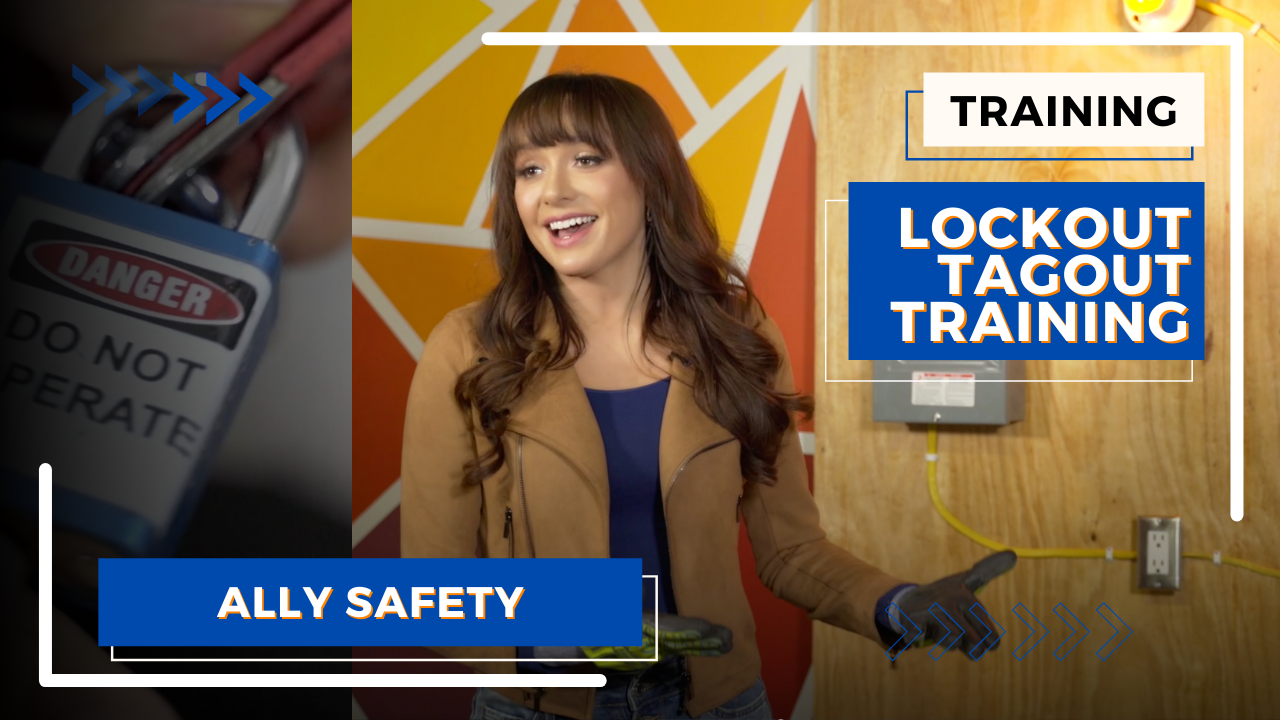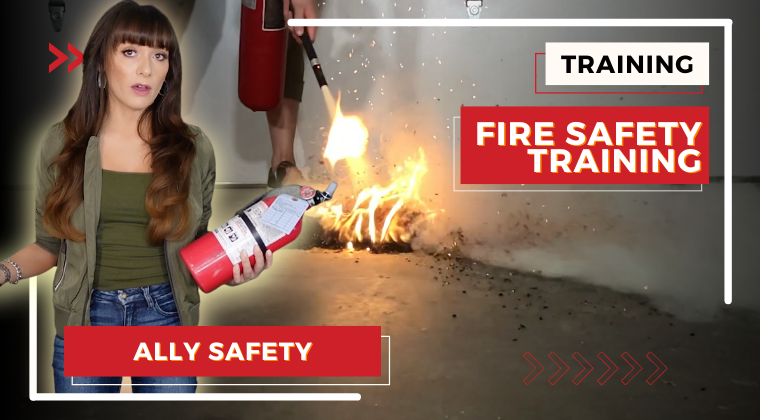Welcome to Ally Safety, where we make workplace safety both engaging and effective. Lockout tagout training is essential for ensuring safety in environments with heavy machinery. This training focuses on preventing accidents by managing dangerous energy, ensuring machinery is safely shut off before maintenance or repair begins. This crucial step helps prevent accidental energy release, which could cause serious harm.
In this guide, we'll cover lockout tagout procedures, OSHA standards, and real-world applications. By understanding these elements, you can appreciate the importance of LOTO training in keeping your workplace safe.
Understanding Lockout Tagout
Lockout tagout (LOTO) is a safety procedure that ensures dangerous machines are turned off and can't be restarted before maintenance. It's all about controlling hazardous energy—like electrical, mechanical, or chemical—that can be dangerous if not properly managed.
LOTO is vital in industries with large machinery, where the risk of accidental energy release is higher. For a historical perspective on LOTO regulations, check out OSHA's Lockout Tagout document.
Key Components of LOTO Training
- Understanding the Basics: Workers need to grasp the purpose of lockout tagout in controlling hazardous energy.
- Compliance with OSHA Standards: Training should align with OSHA rules to ensure safety and legal compliance.
- Identification of Energy Sources: Employees should identify all potential energy sources that could pose risks during maintenance.
- Proper Use of LOTO Devices: Workers must learn to use lockout tools and tags effectively. Explore Ally Safety's Lockout Tagout Safety Training for comprehensive learning.
- Communication and Coordination: Clear communication among team members is key during LOTO procedures.
- Regular Training Updates: Ongoing training keeps employees informed about any changes in procedures or regulations.
Comprehensive LOTO training significantly reduces workplace accidents, fostering a safer environment for all employees.
Lockout Tagout Procedures
Here's a quick guide to the standard process:
- Preparation: Identify all energy sources and understand the equipment needing maintenance.
- Notification: Inform all affected employees about the upcoming lockout tagout procedure.
- Shutdown: Turn off the equipment using standard shutdown procedures.
- Isolation: Disconnect the equipment from its energy sources using lockout devices.
- Application of Lockout Devices: Attach lockout devices and tags to each energy source securely.
- Release Stored Energy: Safely release any stored energy in the equipment.
- Verification: Double-check that the equipment is disconnected and can't be energized.
- Perform Maintenance: Conduct maintenance or repair work safely.
- Removal of Lockout Devices: Once work is complete, remove all lockout devices and tags, ensuring the equipment is safe to operate.
Consistently following these steps prevents accidents and keeps workers safe. For more guidance, refer to Ally Safety's Lockout Tagout Safety Training.
OSHA Lockout Tagout Standard
- Comprehensive Requirements: OSHA mandates specific procedures for shutting down equipment and isolating energy sources.
- Training and Communication: Emphasizes training employees on LOTO procedures and ensuring clear communication.
- Inspection and Audit: Regular inspections ensure LOTO procedures are followed correctly.
OSHA provides case studies, like the Sour Water Pipeline Repairs, highlighting the standard's importance in preventing incidents.
Hazardous Energy Control Program
A hazardous energy control program integrates LOTO procedures into a broader safety strategy, effectively managing energy risks.
- Program Development: Involves identifying energy sources, assessing risks, and developing control procedures.
- Employee Involvement: Engage employees in developing and implementing procedures for effective execution.
- Continuous Improvement: Regular reviews and updates ensure continued effectiveness and compliance.
Integrating a hazardous energy control program with LOTO procedures creates a robust safety framework, minimizing accidents and enhancing workplace safety.
Latest Advancements in Lockout Tagout Devices
Recent advancements in lockout tagout enhance safety and compliance. These innovations ensure training remains effective and up-to-date.
- Advanced Lockout Devices: Modern devices are user-friendly and versatile, accommodating various machinery.
- Digital Lockout Systems: Digital systems allow electronic tagging and monitoring, providing real-time data and alerts.
- Innovative Safety Locks: New locks are more durable and tamper-resistant, offering extra security.
Explore modern lockout tagout devices and kits at BradyID.com for current solutions.
LOTO Training Best Practices
- Regular Updates: Keep training materials current with the latest safety standards and advancements.
- Interactive Training Methods: Use engaging methods like videos and hands-on demonstrations. Ally Safety offers a Lockout Tagout Toolbox Talk with a library of over 130 safety training videos.
- Frequent Refreshers: Conduct regular refreshers to reinforce knowledge and address changes in procedures.
- Tailored Content: Customize training to address specific workplace needs and risks.
Implementing these best practices fosters a culture of safety and ensures compliance. For more comprehensive safety training solutions, explore Ally Safety's Safety Training Courses.



Leave a comment
All comments are moderated before being published.
This site is protected by hCaptcha and the hCaptcha Privacy Policy and Terms of Service apply.